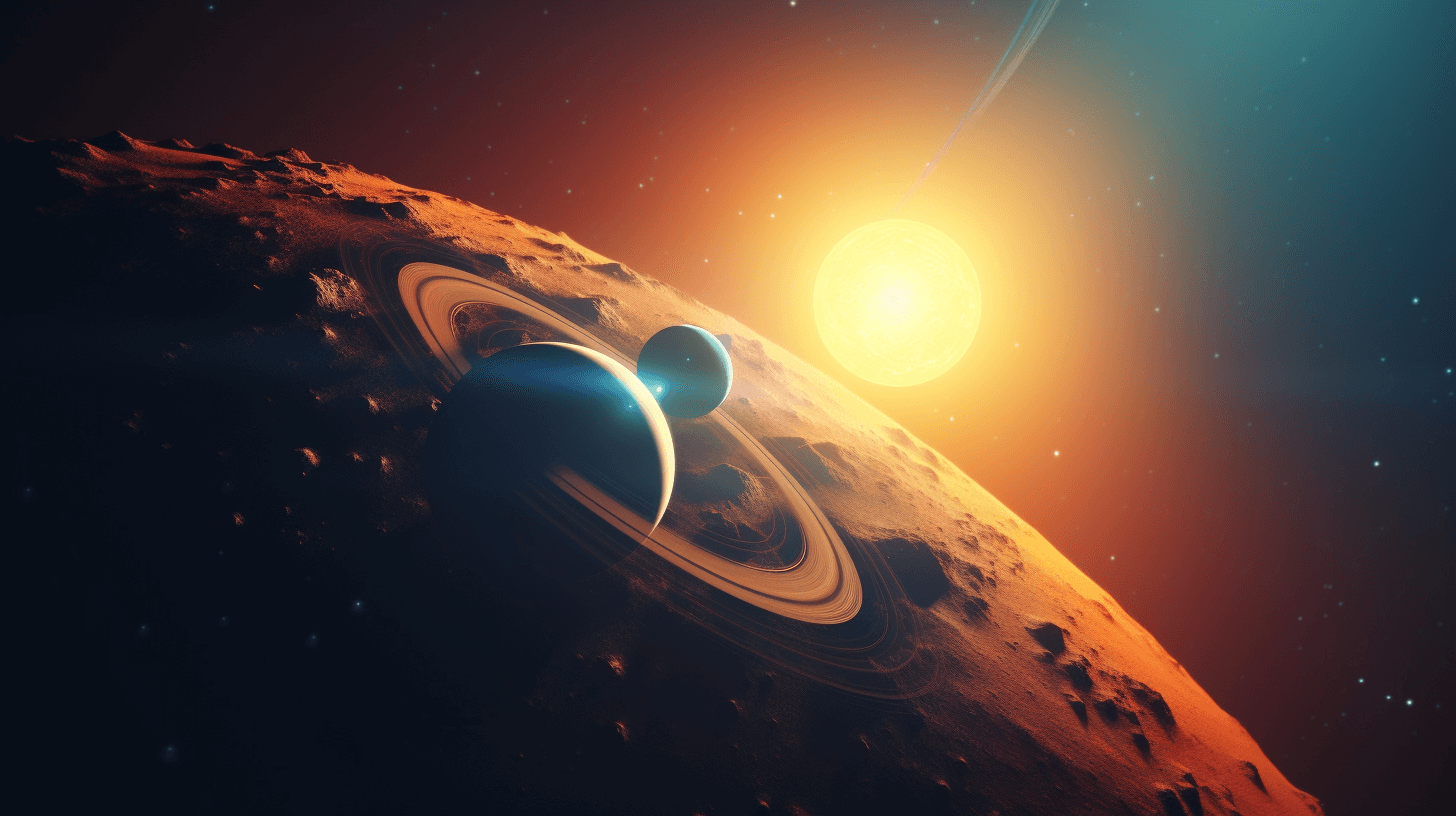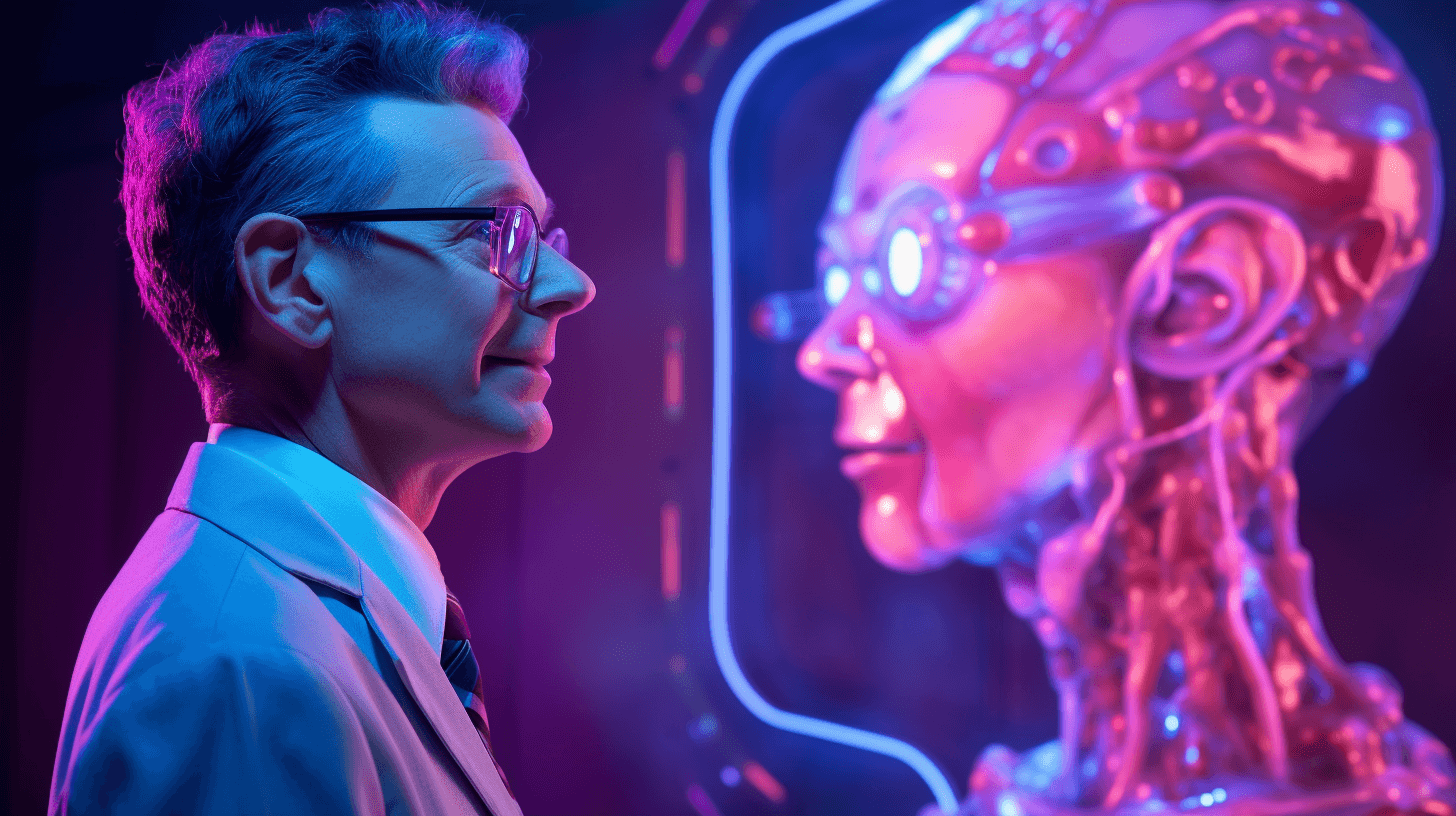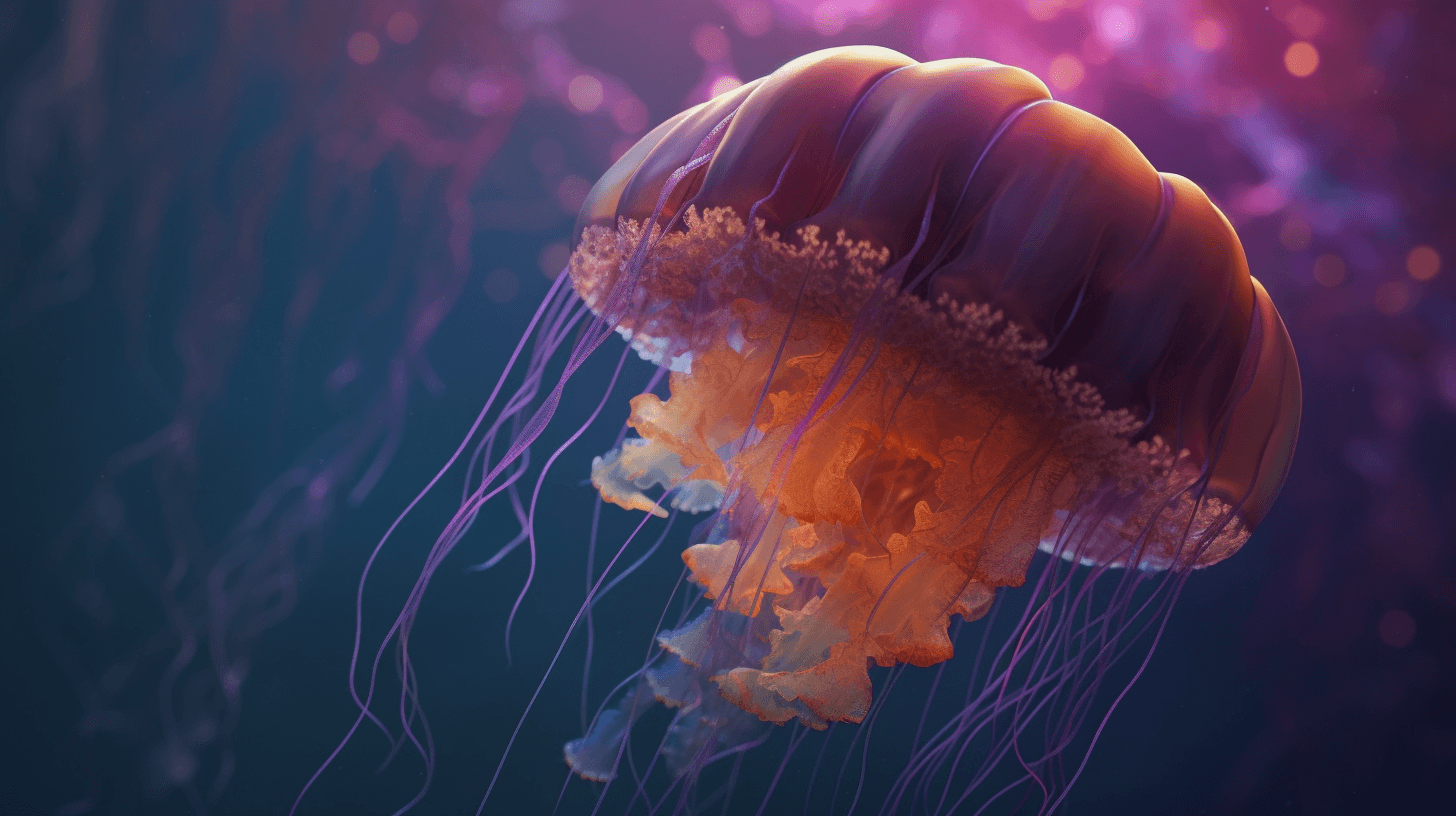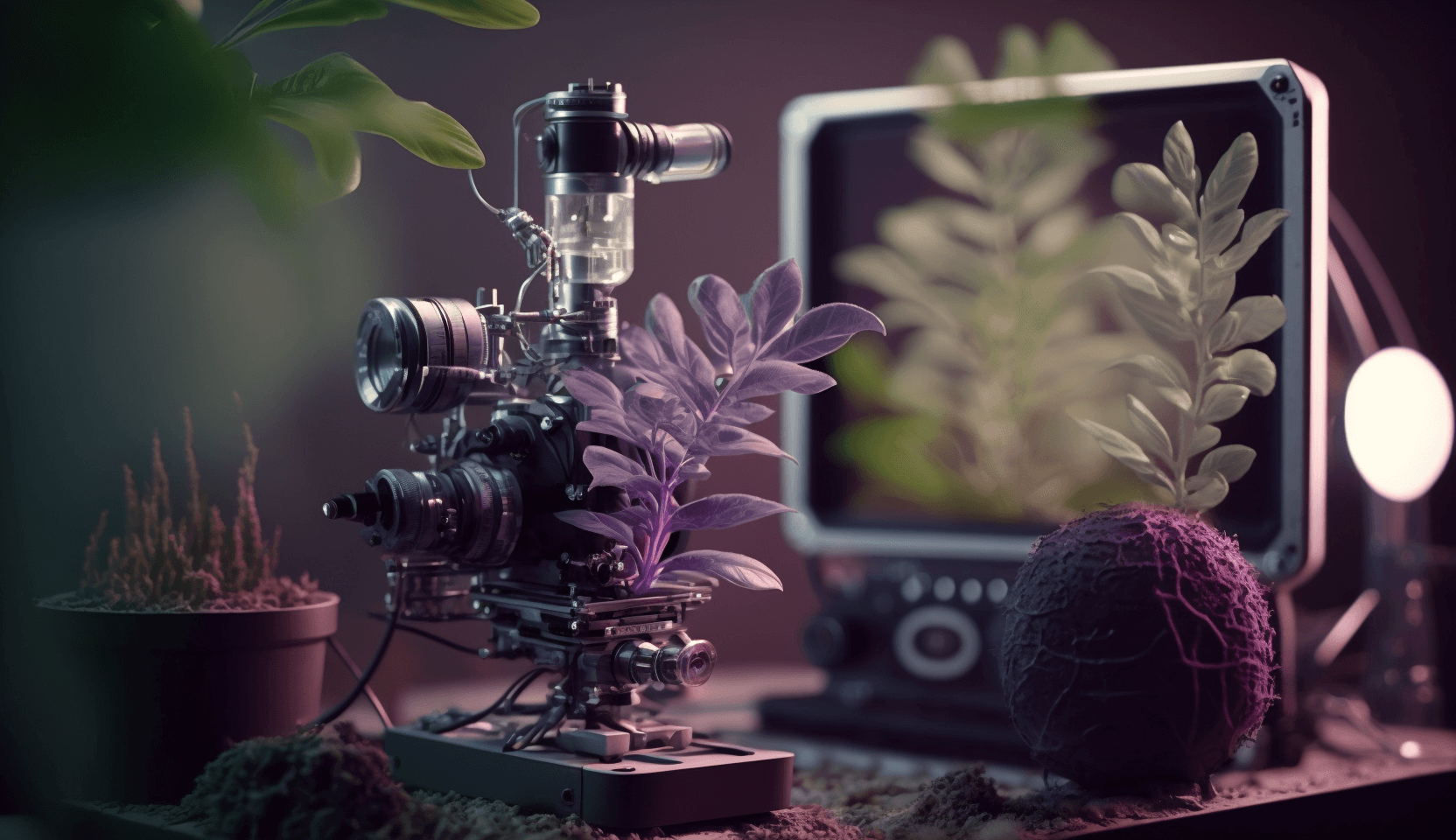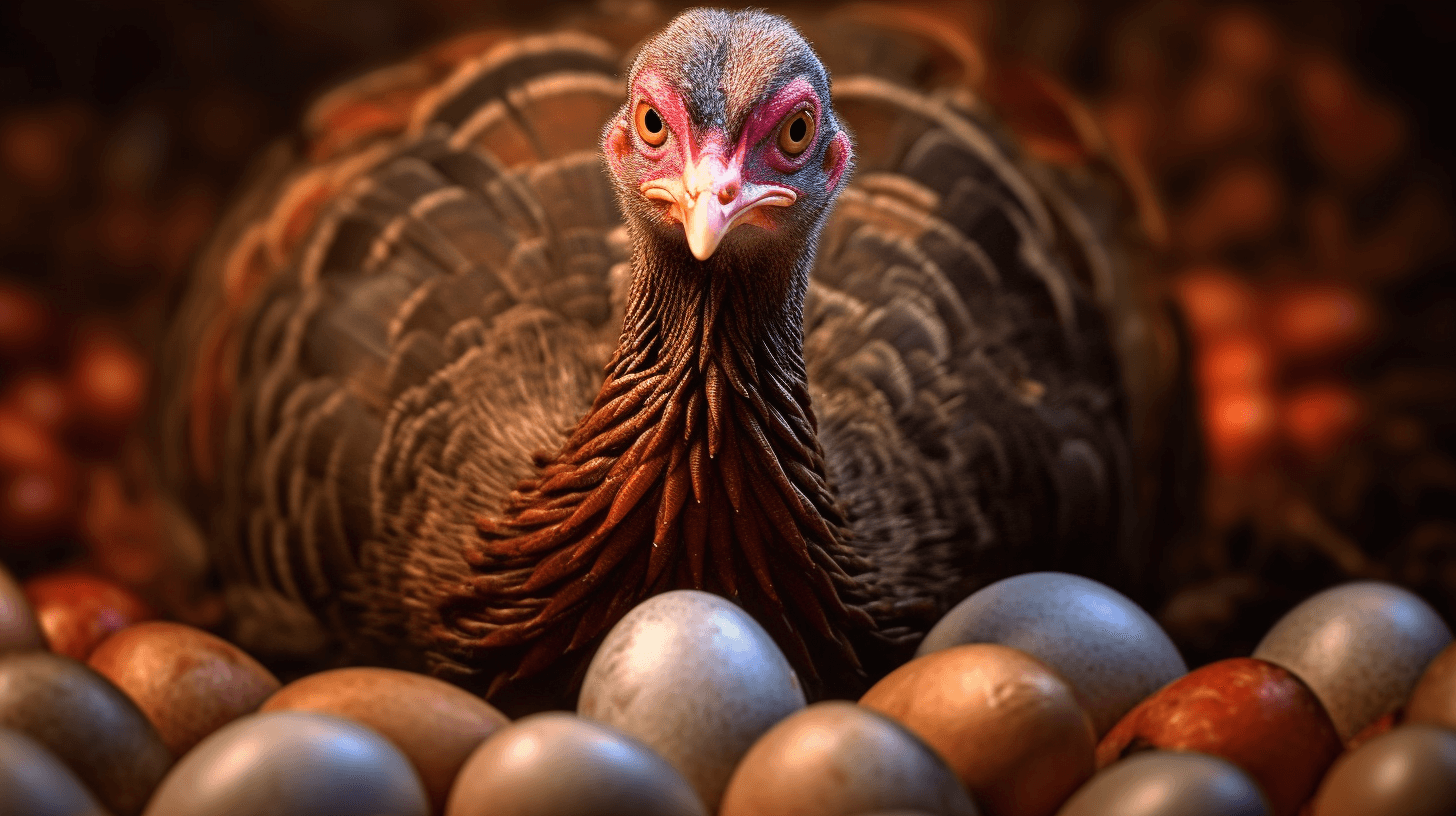Satellites Ka Maka Da Sky, But Some Scientists Stay Stoked 🛰️🔭
Da nite sky stay getting plenny competition from da kine satellites, az moa an moa stay up dea 🌌. Dey get plenny company now, wit big companies like SpaceX an Amazon launching moa an moa satellites foa bring internet an communication signals to da Earth. Dis stay causing one big headache foa astronomers wea stay studying da universe from down hea on Earth 🌏.
Astronomers like Eric Burns, from Louisiana State University, stay talking story about dis problem. Wit all dese satellites, da telescopes on da ground stay losing sensitivity 📡. Astronomers stay beefing bout da satellite constellations, but Dr. Burns an some oddah scientists stay thinking, how about making something good from all dis mess?
Dey get one idea foa new kine telescope dat can use da mega-constellations foa astronomy 💡. Dr. Burns an his friends stay planning foa share one proposal wit da private companies wea building all da satellites. Dey like see if dey can add small gamma-ray detectors to da satellites. If each satellite get one detector, den da whole mega-constellation goin’ be super strong, like da NASA gamma-ray observatories Swift an Fermi 🔭🚀.
Dis goin’ make big kine impact foa science. Gamma-ray bursts stay showing us da most mean kine events since da Big Bang 💥. If we study moa, we can ansah big questions, like how da neutron stars stay made, or how da dark energy stay shaping da universe 🌌🌟.
Dr. Burns say, “Dese questions stay da most important foa astronomy. We goin’ treat all da gamma-ray detectors like one super strong telescope dat goin’ look all ova da universe, moa sensitive den anything wea done befoa.”
Dis no stay one new idea. Befoah, Iridium Communications wen work wit scientists foa add research instruments to da satellites 🛰️🔬. Da satellites stay measuring radiation in low Earth orbit, an also get magnetometers foa study how energy stay coming into da Earth’s ionosphere.
Alexa Halford, from NASA’s Goddard Space Flight Center, say dat da Iridium readings stay important foa radiation data. She stay studying how da Earth’s magnetosphere an atmosphere stay protecting us from da strong radiation from space 🌍🛡️.
Dr. Halford say dat we need foa be responsible wit da effect of satellites on ground-based telescopes. But she also stay seeing da potential foa add moa scientific instruments to da satellites. “Moa data can give us one moa complete picture,” she say.
SpaceX stay already sharing data wit scientists. Tzu-Wei Fang, one scientist at da National Oceanic and Atmospheric Administration, wen start working wit SpaceX aftah one bad launch in February 2022. Da Starlink satellites wen blow up in da air 💥.
Dr. Fang wen find out dat one small geomagnetic storm wen make da air more dense wea da low-Earth orbits stay. Da Starlink satellites nevah make it, an wen hit da dense, hot air an broke apart. She say, “No one can do low-Earth orbit drag very well right now because we don’t have da right satellites.”
So, wit all dese satellites messing up da nite sky, maybe get chance foa make something good out of da situation foa astronomy an help ansah da big kine questions about our universe 🌠🔭Stay Get Opportunity Fo’ Learn Wit Da Satellites 🌟🛰️
All da satellites in da sky can be one pilikia foa astronomers, but get scientists who tink moa satellites could lead to new discoveries. Fo’ example, Dr. Tzu-Wei Fang from da National Oceanic and Atmospheric Administration stay working wit SpaceX foa predict space weather. From dis kine partnership, scientists like Dr. Fang stay hoping foa learn moa about da low Earth orbit environment.
So, while da satellite constellations stay growing an making tings hard foa ground-based telescopes, get scientists who stay seeing da potential foa turn dis situation into one winnah 🎉. Dey tink we can use da thousands of satellites foa advance our understanding of da universe, from gamma-ray bursts to space weather an da Earth’s magnetosphere.
Scientists an companies gotta work togedda foa make dis kine opportunity come true. Da kine collaboration goin’ be one key factor foa make da most of da situation. If dea stay good communication an cooperation between astronomers, satellite companies, an scientists, den da sky’s da limit foa wat we can learn 🚀.
Da future of astronomy stay getting moa interesting wit da possibilities dat satellites can bring. While still get challenges, working togedda an embracing new ideas can lead us to moa knowledge an discoveries about da universe we live in 💫.
As da numba of satellites in da sky stay increasing, we gotta find ways foa use dis reality foa benefit da study of our universe 🌌. Wit creativity, collaboration, an ingenuity, da possibilities stay endless foa da future of astronomy 🌠🔭.
NOW IN ENGLISH
🌟🛰️ Satellites Flood the Sky, but Some Scientists See Opportunity
The night sky is increasingly filled with satellites, with more and more being launched by companies like SpaceX and Amazon to bring internet and communication signals to Earth. This is causing a major headache for astronomers studying the universe from our planet 🌍.
Astronomers like Eric Burns from Louisiana State University are discussing the problem. With all these satellites, ground-based telescopes are losing sensitivity 📡. Astronomers are complaining about satellite constellations, but Dr. Burns and some other scientists are thinking about how to make something good out of this situation.
They have an idea for a new type of telescope that can utilize mega-constellations for astronomy 💡. Dr. Burns and his colleagues plan to share a proposal with private companies building the satellites. They want to see if they can add small gamma-ray detectors to the satellites. If each satellite has a detector, then the entire mega-constellation would be extremely powerful, like the NASA gamma-ray observatories Swift and Fermi 🔭🚀.
This would have a significant impact on science. Gamma-ray bursts reveal the most intense events since the Big Bang 💥. By studying more about them, we can answer big questions, such as how neutron stars are formed or how dark energy shapes the universe 🌌🌟.
Dr. Burns says, “These questions are the most important for astronomy. We will treat all the gamma-ray detectors like one extremely powerful telescope that will look all over the universe, more sensitive than anything done before.”
This idea is not new. Previously, Iridium Communications worked with scientists to add research instruments to satellites 🛰️🔬. The satellites measure radiation in low Earth orbit and also have magnetometers to study how energy enters the Earth’s ionosphere.
Alexa Halford, from NASA’s Goddard Space Flight Center, says that the Iridium readings are important for radiation data. She studies how Earth’s magnetosphere and atmosphere protect us from strong radiation from space 🌍🛡️.
Dr. Halford says that we need to be responsible with the effects of satellites on ground-based telescopes. However, she also sees the potential for adding more scientific instruments to satellites. “More data can give us a more complete picture,” she says.
SpaceX is already sharing data with scientists. Tzu-Wei Fang, a scientist at the National Oceanic and Atmospheric Administration, started working with SpaceX after a failed launch in February 2022. The Starlink satellites exploded in the air 💥.
Dr. Fang found out that a small geomagnetic storm had made the air denser where low-Earth orbits occur. The Starlink satellites didn’t make it and hit dense, hot air and broke apart. She says, “No one can do low-Earth orbit drag very well right now because we don’t have the right satellites.”
So, with all these satellites cluttering the night sky, there might be a chance to make something good out of the situation for astronomy and help answer big questions about our universe 🌠🔭.
The future of astronomy is getting more interesting with the possibilities that satellites can bring. Although there are still challenges, working together and embracing new ideas can lead us to more knowledge and discoveries about the universe we live in 💫.
As the number of satellites in the sky increases, we must find ways to use this reality to benefit the study of our universe 🌌. With creativity, collaboration, and ingenuity, the possibilities are endless for the future of astronomy 🌠🔭.

